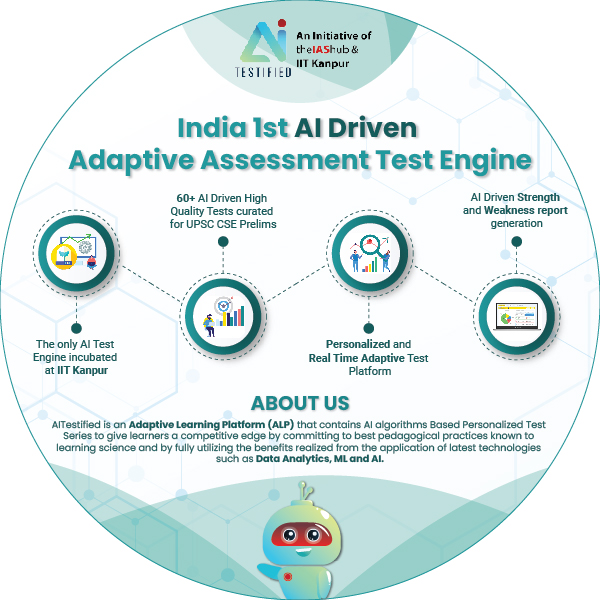Q. As India strive towards digitalisation, the problem of e-waste has grown substantially. Highlighting the steps taken by the government, suggest measures to manage e-waste in India. (Answer in 150 words)
05 Oct, 2022
GS III
Daily Answer Writing 2022-23 ( Upgrade)
Modal Answer
Modal Answer
As the number of internet users in India increased from <20% in 2015 to 45% in 2022, e-waste has also risen rapidly, with India ranking 3rd in the global e-waste production.
Issues with the e-waste management in India:
- Unsafe Waste handling: 95% of waste is handled by unorganised/informal sector, without safety gear.
- Unscientific waste disposal: Lack of sophisticated technology & procedures for e-waste collection, recycling, and safe disposal. E-waste account for 70% of landfills.
- Poor technological, administrative & financial capability of urban local bodies & high cost of facility.
- Low awareness: No segregation of e-waste at source by people (thrown along with garbage).
- Illegal dumping by developed nations: 90% of the world’s e-waste is illegally dumped in India (UNEP).
- Security implications: End of life computers often contain sensitive personal information – bank account details.
- Low extraction of precious metals: gold, cobalt etc.
Steps taken by the government:
- E-waste management rules: Extended Producer Responsibility (EPR), collection targets for the producers, ‘Producer Responsibility Organisation’ (PRO), buyback scheme to incentivise consumers etc.
- ‘Swachh Digital Bharat’ campaign: encouraged citizens to give e-waste to authorised recyclers only.
- Development of affordable technologies:g. PCB recycling technologies developed by Meity.
- State level initiatives: E-waste Clinic in Bhopal
- International efforts: Basel Convention signed
Measures to be taken:
- Generation of credible E Waste statistics - e-waste database to track developments over time.
- Setting up micro-factories: to transform e-waste into reusable material ceramics and plastic filaments for 3D printing è Circular economy
- Robust legal, regulatory and administrative framework –capacity building of scrap dealers and officials.
- Review norms of e-waste disposal: to be done by CPCB.
- Identify the hotspots: by constant vigil and to coordinate with the District Administration at local levels
- Mandating Deposit Refund Scheme: compelling consumers to return their end-of-life products to the producer.
- Third party audits: are more reliable as seen in Gujarat.
Since India is highly deficient in precious mineral resources, there is need for a well designed and regulated e-waste recovery regime following the 4 R of waste management - reuse, recycle, recovery and removal, to help transform ‘Waste to Wealth’.
Please login to upload your copy.
Uploaded Copies
No copies found.

